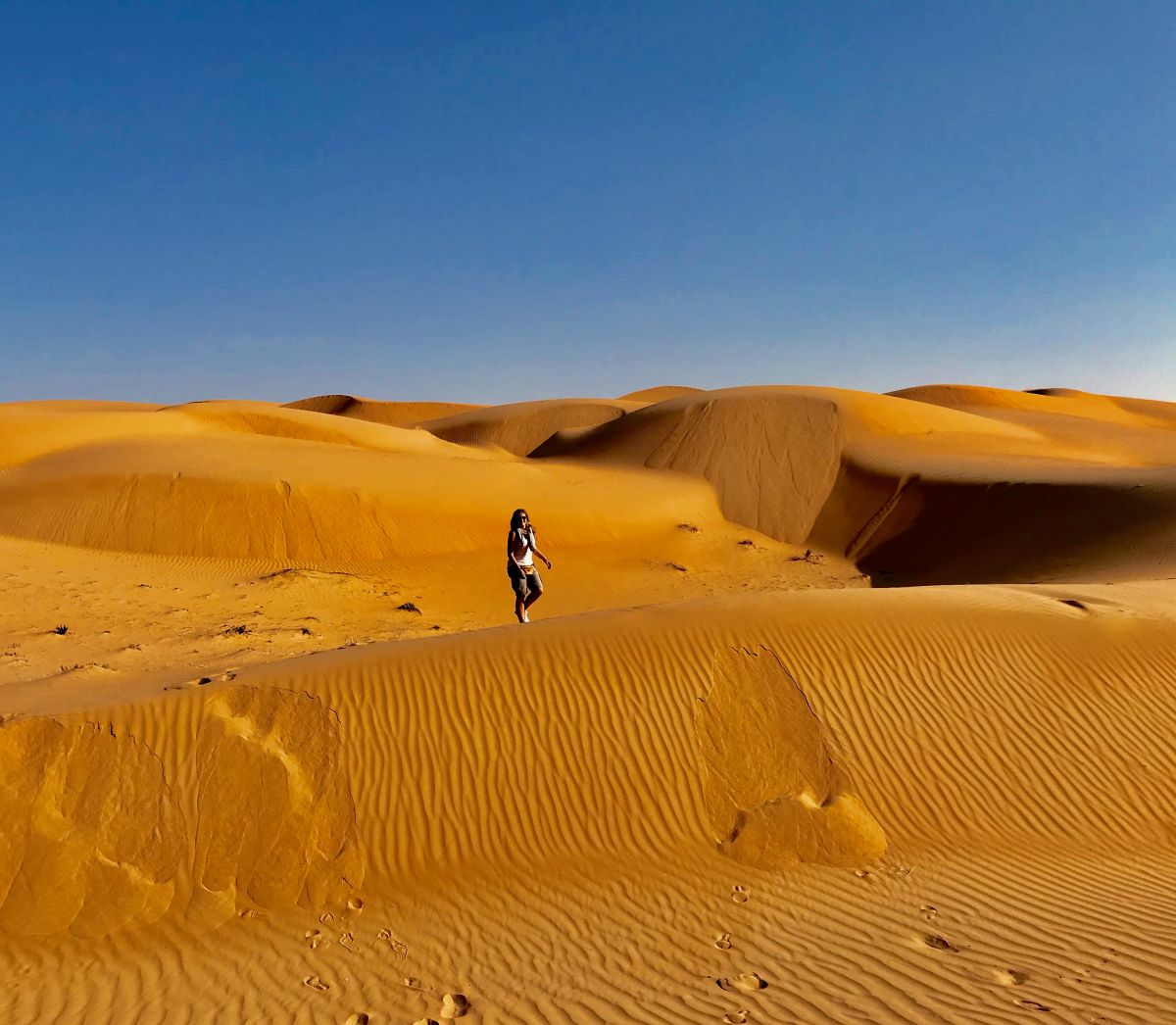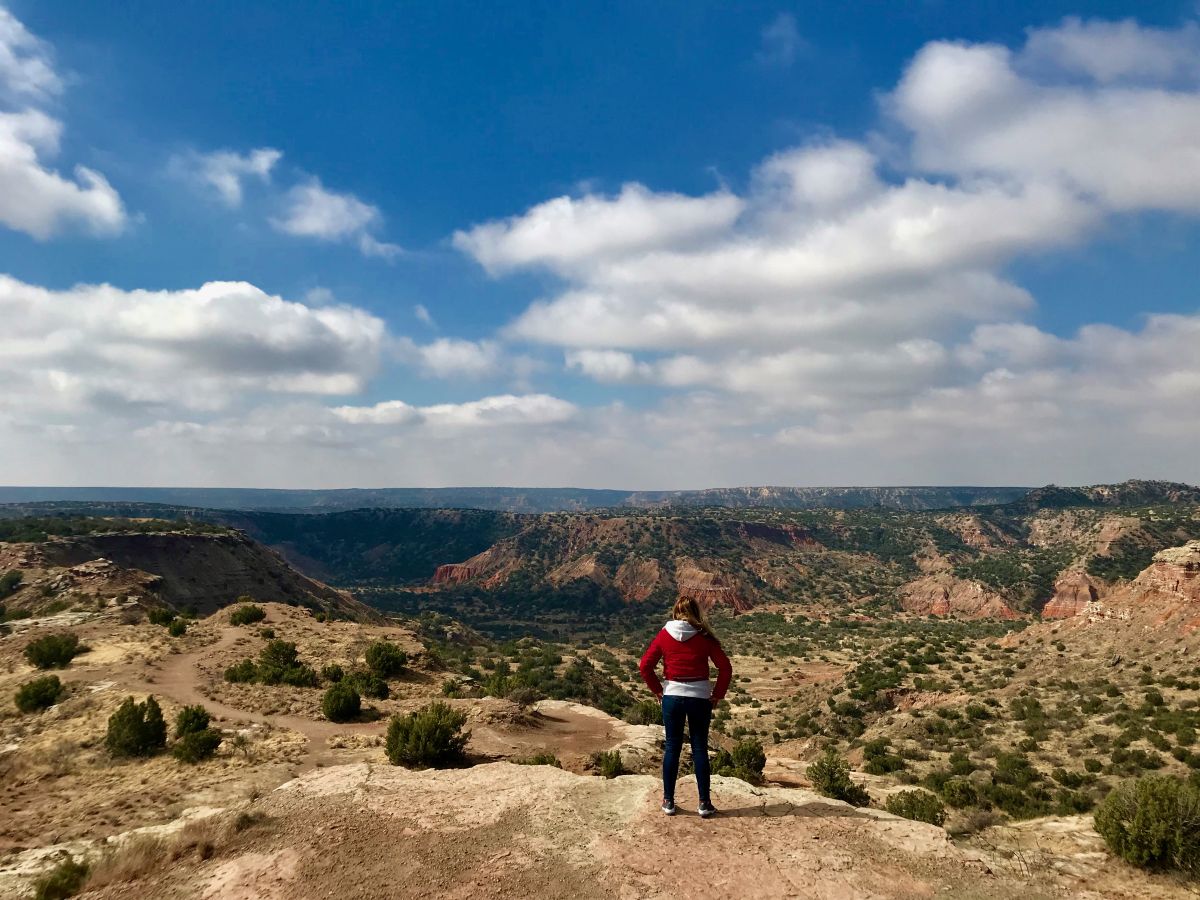


In Italian
What to see in Mojave National Preserve in California?
What to expect from the third desert preserve of the United States?
Is it worth it to put it as a passage stage between Los Angeles and Las Vegas? And in this case what itinerary do we follow?
Questions – quite frequent – which have to be answered with a detailed post.
The Mojave National Preserve is much more than a desert plateau – a part of the even wider Mojave Desert – to go through quickly, about a couple of hours without stopping – in order to enjoy a more suggestive path before reaching Las Vegas (or Los Angeles, it depends on the road way), maybe detouring right from Route 66.
A shame – if you are in the area – not dedicate to it at least a half day to visit some of its “attractions”.
Become preserve in 1994 – thanks to the California Desert Protection Act – the Mojave National Preserve extends over about 6500square km.
From the wonderful Kelso Dunes – the so-called “singing dunes” – as far as the biggest Joshua Tree forest of the USA in Teutonia Peak, from Hole in the Wall – whose rocks have been literally carved by a violent eruption millions years ago – to the ancient volcanic basins and the Lava Tube beams of light, besides a series of trails and paths for lovers.
And then some stops definitely curious like The World’s Tallest Thermometer, White Cross and Mojave Road Mailbox.
And a fauna definitely rich if you consider the desert area: coyotes, hares, sheep, desert tortoises and a wide range of snakes and scorpions, the latter present mostly in Summer in the Kelso Dunes area.
Find down here the stages not to be missed – in my opinion – with an itinerary strictly to drive studied with entrance to the north from Cima Road and exit from Baker. Then you can easily follow it in the opposite direction or from the south gate, including them all or selecting only those ones which you are interested in most.
If you want to do all the stops indicated in the path, you have to reckon at least a full day.
If you decide to do the Hole in the Wall and Teutonia Peak trails you can reckon to stay overnight in the area between Baker and Barstow.
My itinerary from Cima Road as far as Baker, about 250km in total.
Here you can admire the biggest Joshua Tree forest in the world, even if many people think wrongly that the record belongs to the not too far Joshua Tree National Park.
From here the Teutonia Peak Trail starts, a trail of about 5km allowing to reach the Cima Dome where the major part of Joshua Tree is located and from where you can enjoy an amazing 360° view of the desert plain of the preserve.
A simple white cross on a white rock peak honoring all people who died during the First World War.
It was raised in 1934 and today the site is owned – and supervised – by a veteran military association.
Hole in the Wall is an area characterized by rocky formations with big holes in the walls, as a consequence of a violent eruption occurred 19 million years ago, which threw incandescent rocks and lava remains anyplace creating this “Gruyère effect” practically everywhere.
Before setting out on the complete tour of the Rings Loop Trail reckon well the feasibility of the trail turning to the ranger of the Visitor Center. It’s a quite hard trail with some climbing included.
Kelso Dunes are – rightly – the real attraction of the Mojave National Preserve.
180meters high sand dunes and protagonist of a curious phenomenon which gave them the title of “Singing Dunes”. Once climbed to the top, walk quickly making the sand slide on the sides: this movement produces naturally a musical sound which amplifies according to the walk.
It is necessary to make a trail of about 2,5km (5 forth and back) to reach the dunes from the parking area. Reckon at least a 3 hours’ excursions.
Before entering the area, have a stop at the Kelso Depot Visitor Center.
It is considered the most remote mailbox in the world and in fact you find yourselves exactly in the middle of nothing to reach it.
It was set up in 1983 by the association Friends of the Mojave Road, as the last bulwark of this old road that only few people cross by now.
In the mailbox – adjoined by a big stars and stripes flag – there’s a sort of book where everyone can note the travel impressions and there’s a space where to leave stickers or memories of one’s own passage.
The Lava Tube is the paradise of professional photographers without any doubt.
The violent volcanic eruptions of millions years ago made the lava flows dig downright underground tunnels. Over time the ceilings of a few galleries subsided opening some passages towards the sky generating the suggestive phenomenon of beams of light.
The best time of the day to go down the tunnels is between 11am and 1pm. Remember to always take with you an electric torch and some water.
You enter the galleries through a stair located at the end of the path linking the parking to the entrance of Mojave Desert Lava Tube.
The World’s Tallest thermometer is a definitely curious installation located in Baker, the small town near the Mojave National Preserve.
It’s a giant mercury thermometer – the tallest in the world, according to locals.
It was built in 1991 as tourist attraction for the near Bun Bay Restaurant.
It reaches 134 degrees Fahrenheit (56,67 degrees Celsius) to honor – as to keep to the subject – the hottest day in the world, occurred in the near Death Valley on July 10th, 1913 when temperature reached 134° F.
Free admittance to the Mojave National Preserve.
Entrance from the North – from Las Vegas towards Barstow – through Interstate 15: you can enter both from Cima Road detour or from the southern one leading in Baker. It depends a lot on the path you decide to set out on according to the stops you’ll select.
Entrance from the South through Interstate 40, turning left in Kelbaker Road. Or, if you are in Route 66, in the trait between Amboy and Chambless, always turning into Kelbaker Road.
If you travel in Summer, remember that in the preserve temperature by day can easily overpass 40°/45°.
If you are going to have excursions inside always take with you water, tennis/trekking shoes, fresh clothing and a solar cream protection high enough.
Finally, remember that in the Mojave National Preserve there are no gas pumps, so you have to fuel before entering, keeping well in mind the distance in km of the itinerary you have chosen to follow.
And also that in some inland areas there is no sort of phone or internet connection.